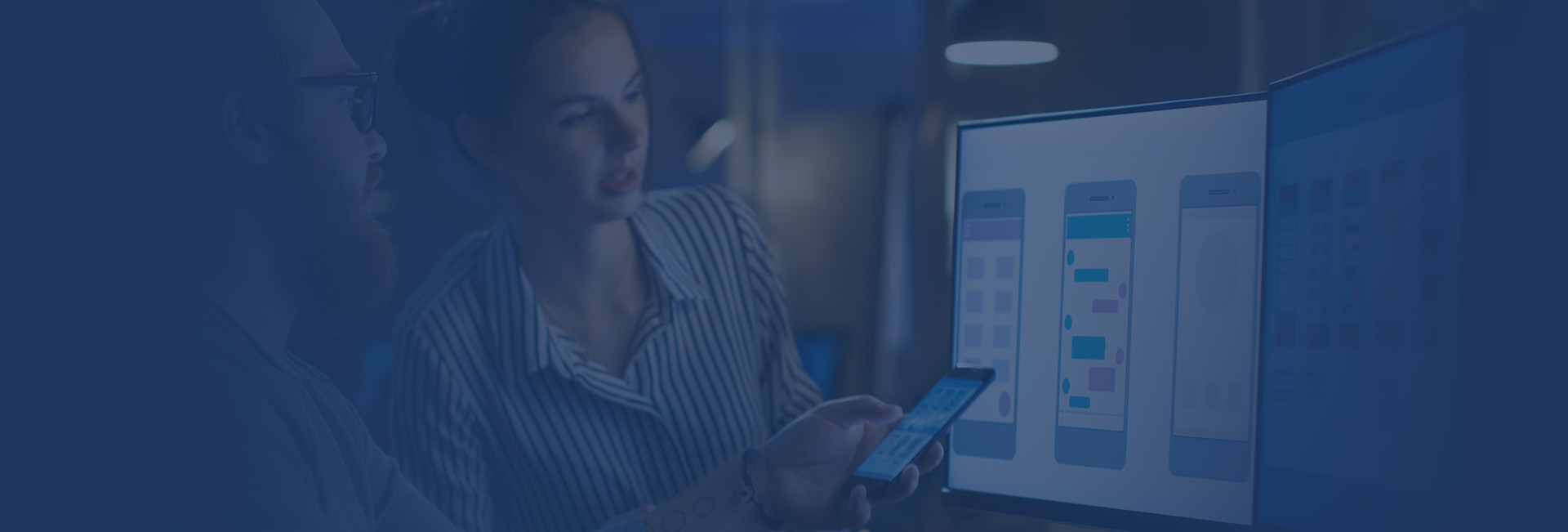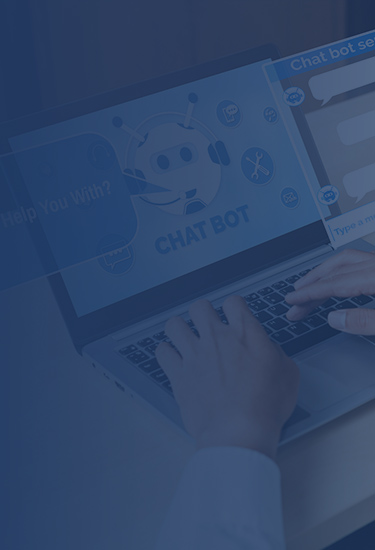Mobile application development is the process of designing and building software for use on mobile devices. A mobile application can be pre-installed or downloaded from an app store or mobile web browser. The application must have a network connection to a remote server or computer, which is facilitated by an application programming interface (API).
Mobile Application Platforms
Most mobile applications are developed for two main smartphone platforms—the Android operating system and Apple’s iOS. While Apple creates its iOS exclusively for its own iPhones and other mobile devices, Google develops the Android system so that it can be used on devices other than their own.
Each of these platforms requires different software development kits (SDKs) and each uses different development tools. It is common for developers to develop mobile applications to be compatible with both Android and iOS.
Types of Mobile Applications
There are four types of mobile applications that are typically developed, each of which comes with advantages and disadvantages. They are:
Native Mobile Applications
Native mobile applications are developed strictly to be run on the operating system of the target device, whether that is Android or iOS. This means they are developed using the programming language and frameworks that are provided by Google or Apple.
These applications offer the best runtime performance, plus they provide direct access to the APIs of the device. However, they cost more to build and maintain and there is more than one code-base for each platform, making it more complex and requiring a highly specialized skillset to develop.
Cross-platform Native Mobile Applications
These are mobile applications that are initially developed using multiple programming languages and frameworks but are then assembled specifically to be used on a specific operating system.
With a single code base that can be used for multiple platforms, this is a more versatile option. The applications are easy to build and maintain, but there are limitations to their performance because of the need for bridging and the use of libraries for native device features.
Hybrid Mobile Applications
These are mobile applications that are developed using standard web programming languages, such as HTML5 and JavaScript. Once created, they are bundled into app installation packages. They can then operate on a web container that makes it possible for the app to run on a browser and on native devices via an API.
The code base for these mobile applications is shared between the app and the web. This means mobile applications can be built using a web development skillset. However, these applications come with lower performance when compared to native applications. There is also limited support when it comes to native device features.
Progressive Web Applications
Progressive Web Applications (PWAs) are web applications that are fully available via a web browser. This means they are not available via an app store and there is no app installation required. The experience is just like using a true application, but with the benefits of operating via a browser, such as running background processes and linking to the home screen of the device.
This type of mobile application provides the most flexibility because the same application can be used on a mobile device and on the web. Plus, there is no installation required. Instead, the app is available via a URL. Again, this type of application offers limited support when it comes to native device features and the capabilities of the app are browser dependent.
Mobile Application Development Lifecycle

Mobile applications rely on two core components—the mobile application itself, known as the “front-end,” which is integrated with the cloud-based “backend.” The backend supports the mobile front-end, supplying it with the data required to run and comply with user requests. Communication between the backend and the front end takes place via APIs.
In most cases, a mobile application programmer is a person with the skillset and knowledge to develop the front-end application that resides on the user’s device. The development of the front end can be done by a single person or a team of people. The application development lifecycle is comprised of the following steps:
- Development
- Testing
- Release
- Monitoring
- Analysis
These steps are repeated as necessary until the application is running smoothly.
In many cases, the backend services are provided by a third party. Only when the mobile application backend is highly specific to the application domain and there are intellectual property concerns will mobile application programmers build their own backend. When it comes to the backend development lifecycle, it is similar to that of the front-end, as follows:
- Development
- Testing
- Release
- Monitoring
- Analysis
There is also a new method of application development known as low-code app development.This is a method of developing applications that make it easy for people with little coding experience to build an app using a highly visual drag-and-drop interface. The benefit of this ethod of application development is that non-IT people can easily develop apps with very little knowledge of coding, taking the pressure off IT teams and helping minimize IT backlog.
Mobile Application Development Services
Mobile applications require many different services that can be supplied by a third party, making the development process easier. These include:
- Management of user sign-up/sign-in
- Social media login
- User engagement/analytics
- Push notifications
- Real device testing
- Cloud storage
- Offline and real-time data
- Cloud functions
- Application logic
- Conversational bots
- Speech recognition
- Video and image recognition
Reach out to a Tangentia team member today to learn more about how we can help you excel at mobile application development, so you can deliver the applications your users want.




















 George Bennett, VP of Business Development at Tangentia says “I am honored to be part of an organization that is rapidly expanding and delivering impactful solutions to its customers that change the way people work. The need and demand for Robotic Process Automation will continue to grow as more organizations of all sizes look to ensure business continuity and streamline their workforce.” George is a graduate of the prestigious West Point Military Academy and has managed more than 300 million dollars in revenue when at FileNet which was bought by IBM. He was also a member of the US WaterPolo Olympic team.
George Bennett, VP of Business Development at Tangentia says “I am honored to be part of an organization that is rapidly expanding and delivering impactful solutions to its customers that change the way people work. The need and demand for Robotic Process Automation will continue to grow as more organizations of all sizes look to ensure business continuity and streamline their workforce.” George is a graduate of the prestigious West Point Military Academy and has managed more than 300 million dollars in revenue when at FileNet which was bought by IBM. He was also a member of the US WaterPolo Olympic team.






























